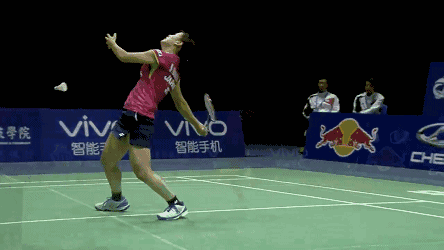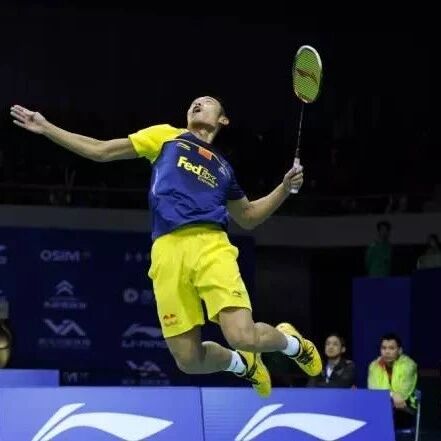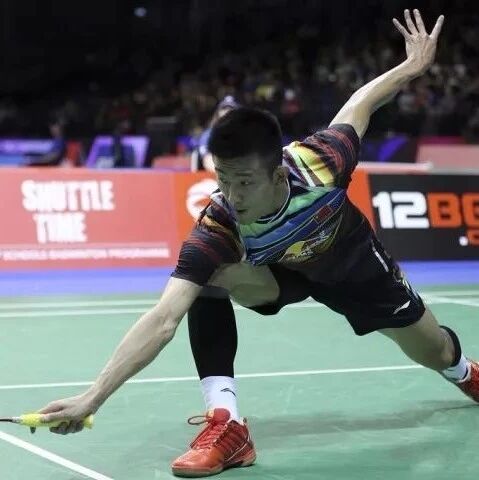A badminton player sues their partner after sustaining an injury during a match—and the court ruled as follows, based on the Civil Code!


After the implementation of the Civil Code of the People's Republic of China, the first "voluntary risk" case was heard today (the 4th) at the Chaoyang District People's Court in Beijing. Mr. Song, an amateur badminton enthusiast who has played the sport for over 30 years, was struck in his right eye by a smash from Mr. Zhou during a spontaneously organized badminton match, resulting in injury. He subsequently filed a lawsuit seeking compensation. However, Mr. Zhou argued that he bore no fault and should not be held liable. As a result, the court dismissed Mr. Song's claim in the first-instance ruling.
Why do years of playing partners have differing views on the nature of the injury? And why did the court rule that Mr. Song’s actions constituted “assumption of risk”? What were the grounds for the verdict?
Plaintiff Mr. Song and Defendant Mr. Zhou are both amateur badminton enthusiasts who have spontaneously participated in badminton matches since 2015. On April 28, 2020, at 9:00 a.m., the two of them, along with four other fellow players, were engaged in a 3-on-3 badminton match at Beijing Honglingjin Park. During the game, Mr. Song was struck in his right eye by a shuttlecock hit by Mr. Zhou. The plaintiff has submitted medical certificates and other evidence to the court to substantiate his injuries. The plaintiff’s attorney stated: "The defendant’s powerful shot directly hit the plaintiff’s right eye, resulting in a detached iris and dislocation of the artificial lens in the plaintiff’s eye."
Mr. Song was hospitalized for four days, and a follow-up examination revealed that his best-corrected vision in the right eye had dropped to 0.05. The hospital advised against another injection of the artificial lens. Enraged by this, Mr. Song filed a lawsuit against Mr. Zhou, seeking compensation for medical expenses, nursing fees, and an inpatient meal allowance, among other costs. Speaking about the situation, Mr. Song said: "From the perspective of traditional Chinese customs and folklore, I’ve suffered a great deal, so the other party should rightfully bear the responsibility—both financially and otherwise—for covering my losses. After all, when kids get into fights in the neighborhood, it’s customary for the parent of the injured child to pay for medical treatment. I can’t just let this go unresolved; I need to find out clearly whether Mr. Zhou was at fault."
Mr. Zhou emphasized that Mr. Song is already in his seventies and has a history of previous eye injuries. Prior to this incident, Mr. Song had already competed in three consecutive matches, so he should have been fully aware of whether his physical condition was suitable for continuing the competition—and the risks involved. "I bear no fault," Mr. Zhou stated, "and therefore shouldn’t be held responsible." He continued: "Let me make one thing clear—I was simply playing the ball. There was absolutely no physical contact between me and Mr. Song. It wasn’t intentional on my part; I didn’t deliberately hit him. The ball just happened to pass by, and unfortunately, Mr. Song failed to catch it—likely due to a visual impairment caused by his existing eye condition. At the end of the day, neither of us wanted anyone to get hurt."

Mr. Zhou presented the video footage of the incident to the court. The judge summarized the sequence of events as follows: "During the match, the plaintiff was standing at the service line when, after returning the opponent's drop shot from the net, he lifted the shuttlecock back toward the defendant's midcourt area. The defendant immediately launched a powerful smash attack, but the plaintiff, who had been standing upright and holding his racket ready to defend, failed to react in time and was struck directly in the right eye by the shuttlecock."
The plaintiff acknowledged the authenticity of the video evidence but drew the court’s attention to one specific detail. The plaintiff’s attorney stated: “This was an informal, recreational 3-on-3 badminton match among seniors—a lighthearted and fun activity. However, during the game, Mr. Song suffered an eye injury when the defendant unexpectedly unleashed tremendous force during a powerful smash, delivering a sudden, forceful shot that ultimately led to Mr. Song’s injury. We believe there was at least some degree of negligence involved.”
According to China’s Civil Code, if you voluntarily participate in cultural or sports activities that involve a certain level of risk and suffer harm due to the actions of other participants, the injured party cannot hold those other participants liable for negligence. However, this does not apply if the other participants acted intentionally or demonstrated gross negligence in causing the injury. Mr. Zhou argued that Mr. Song’s decision to compete in a badminton match at over 70 years old amounted to "voluntarily assuming the risk." He explained: "We’re all adults here, and we should understand that competitive sports inherently carry risks and potential dangers. After all, the plaintiff has been playing badminton for more than 30 years—so he surely knows this well. In fact, most people who experience accidents during such activities are doing so because they already had underlying health conditions that simply flared up at the wrong time. At his age, is it really appropriate for him to take part in such intense, competitive sports?"

The court ruled that Mr. Zhou's smash attack was a standard technical move in badminton and did not constitute a clear violation of the game rules. Therefore, Mr. Zhou cannot be deemed to have committed gross negligence or fault, and thus bears no liability for compensation. In accordance with relevant provisions of the Civil Code, the Civil Procedure Law, and the "Several Provisions of the Supreme People's Court on the Temporal Effect of Applying the Civil Code of the People's Republic of China," the Chaoyang Court in Beijing dismissed the plaintiff's entire claim in the first-instance judgment.
A review of past cases by the Beijing No. 2 Intermediate People's Court revealed that the legal principle of "assumption of risk" is most commonly applied in sports and athletic activities—such as ball games, track and field events, winter sports, and combat sports—accounting for 50% of all relevant cases. Meanwhile, activities with inherent risks, like horseback riding, rock climbing, and road cycling, account for 23% of cases where this principle applies. Other moderately risky activities—such as river swimming, ice-skating with dogs, or even riding in a vehicle driven by an intoxicated person—make up the remaining 27% of instances where assumption of risk is invoked.

The judge advised participants in cultural and sports activities to enhance their safety awareness, paying closer attention to the risks associated with the activity as well as potential hazards posed by natural environments and related facilities. Participants should also assess and select suitable sports based on their physical condition and personal interests, while carefully implementing safety measures before, during, and after exercise.


Related Articles

How can you make your badminton smashes more powerful and aggressive?

How sweet! Lin Dan and Xie Xingfang take their 6-year-old son on a trip, cuddling closely together—fans are already urging them to have a second child! The 2023 "Lin Dan Cup" Badminton Open makes its debut in Chenzhou, Hunan.
